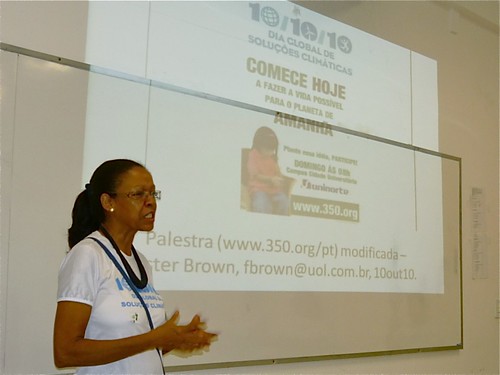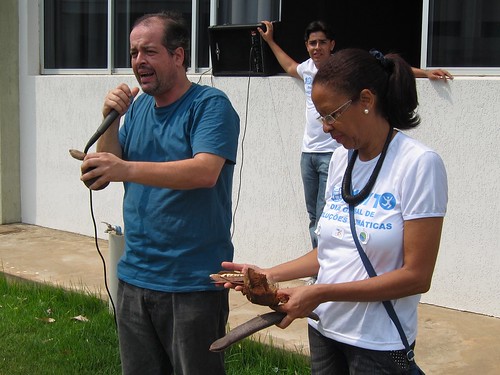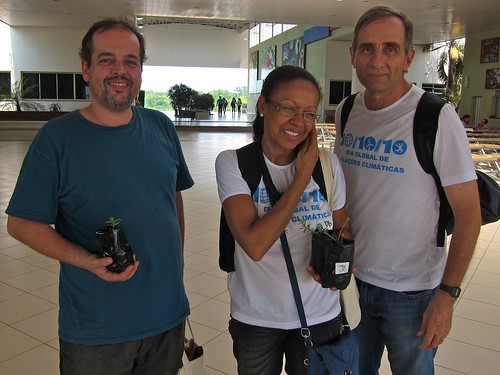RIO BRANCO SUNDAY AT THE BEACH
In fact, Rio Branco doesn't really have a beach except during high water times when the Acre River overflows. Many folks are still displaced from the low-lying neighborhoods but for most the high water transformed the central district into a festive Sunday at the beach.























